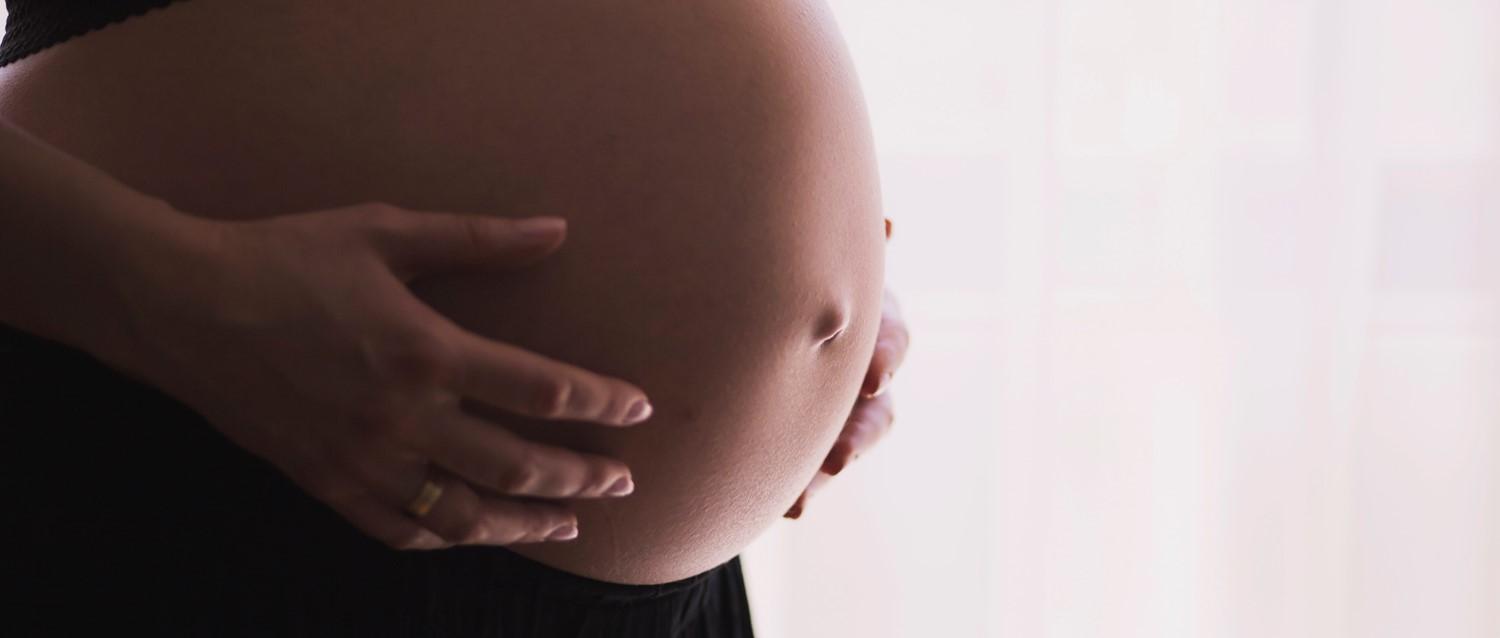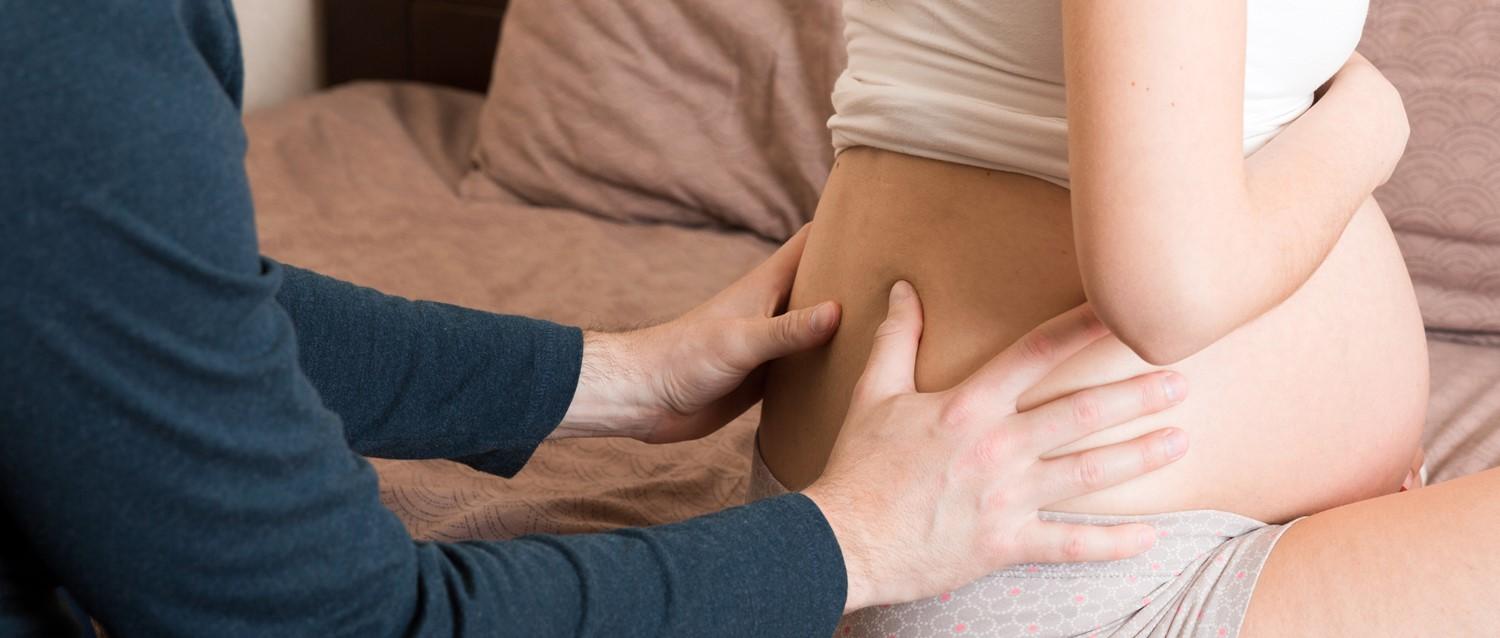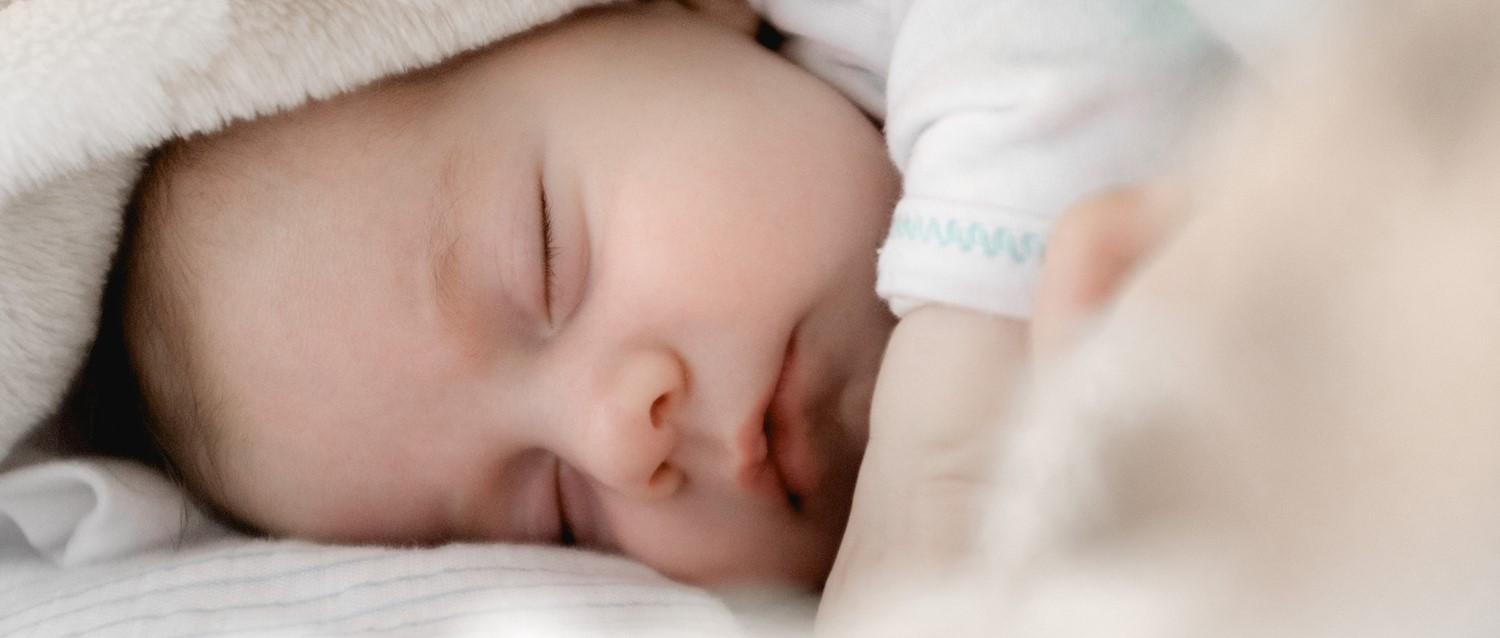
How to help your C-section recovery
Peer reviewed by Dr Krishna Vakharia, MRCGPAuthored by Lydia SmithOriginally published 11 Apr 2023
Meets Patient’s editorial guidelines
- DownloadDownload
- Share
- Language
- Discussion
When you’re adjusting to life with a baby and juggling milk and nappies, it can be easy to forget you had major surgery if you had a caesarean section. Recovering from any birth can be difficult, but healing after a C-section comes with unique challenges. So what can you do to help the healing process?
In this article:
Around one in four women in the UK give birth via caesarean section, an operation to deliver a baby through a cut made in the tummy (abdomen) and womb. It may be a planned procedure or done in an emergency if a vaginal birth is too risky for the woman or baby.
Alanna Linkhorn, a midwife for the pregnancy charity Tommy’s, says it usually takes around six weeks to fully recover from a C-section but this will depend on the individual.
“Some people may need more time to heal, especially if they experienced complications during the operation,” she says. “It’s really important that you speak to your GP if you feel that, at six weeks, recovery is going slowly or you’re still in pain.”
Continue reading below
Take it slow
Moving around after a C-section may feel daunting, but it’s important as it can help prevent blood clots and aid recovery.
Val Willcox, practice manager at the National Childbirth Trust, recommends asking a member of staff or your partner to be on hand the first few times, just in case you feel light-headed. “Some women find it helps to roll over to their side and slide their legs off the bed before sitting up,” says Willcox.
You should have your postnatal check-up with your GP six to eight weeks after your baby's birth to make sure you feel well and are recovering properly. “Gentle exercise such as walking can help with recovery, but it’s best to avoid anything more strenuous until you have had your postnatal check-up, have no pain and you feel ready,” says Linkhorn.
“After your check-up, if you no longer feel any pain, it’s usually safe to start low-impact exercises, such as swimming, yoga or low-resistance gym work,” Linkhorn adds. “However, your GP will likely recommend you wait for at least 12 weeks before starting any high-impact exercises such as running.”
It’s normal for a scar to look healed externally, but it’s important to remember that the wound may not be fully healed underneath. Linkhorn says the outside skin layer of your wound often heals within the first week post-birth.
“However, the internal healing of muscle and other skin layers is ongoing for many weeks and so it is easy to forget this and start to overdo things,” she says. “Be kind to yourself and listen to your body when it needs to rest and heal.”
Get help at home
Having a queue of visitors wanting to see your baby when you get home can be overwhelming and stressful. However, having some help at home from a relative or friend can be really handy.
“It is advisable to have help at home for at least the first two weeks post-surgery if possible,” says Linkhorn. “We recommend avoiding lifting anything heavier than your baby, or doing heavy housework including vacuuming, for at least six weeks.”
However, it's not always easy to ask for or accept help and not everyone has friends and family nearby. “Your health visitor or local children's centre should be able to help suggest sources of support,” says Willcox. “If you have any questions or concerns about feeding your baby, you can contact NCT’s Support Line.”
Most people are fit to drive six weeks after a caesarean. “If you feel that you are fit to drive before six weeks, you should make your insurance company is aware,” she adds.
Continue reading below
Get in and out of bed with care
Sitting up, or getting in and out of bed might be painful. You may also risk bursting your stitches. It can help to try rolling onto your side with your knees bent first, then dropping your legs over the side of the bed.
Be aware of infection symptoms
If you have any signs of infection, contact your midwife or GP immediately. Signs include having a high temperature, stomach pain, experiencing chills or feeling generally unwell. Your wound may also be red, hot, swollen or abnormally painful. If infected, the wound may also leak fluid or bleed.
Continue reading below
Look after your scar
“Once your doctor has confirmed your wound appears healed and you no longer have any scabbing in the area, they may advise you to start massaging your scar,” says Linkhorn. “This can help to break up the scar tissue, which helps to promote healing and can help improve the look and feel of the scar.”
Look after your mental health
It also takes time to recover emotionally from childbirth, as well as physically. “Even if all goes smoothly, having a C-section can give you emotions you weren’t prepared for,” says Linkhorn.
An emergency caesarean can be a traumatic experience which can lead to anxiety, depression and PTSD. Speak to your midwife, health visitor or GP about how you’re feeling and they will be able to support you.
It’s also common to struggle with your body image after birth.
Pregnancy and birth bring about changes to your body - and while some people feel positive about it, others feel upset. Talking to other women who have had caesareans can help reassure you you’re not alone, however you feel. You may want to join a mother and baby group or an online support group to find others who have had a C-section.
Have sex when you feel ready
“You can resume sexual activity at any point that feels right for you,” says Linkhorn. “Most women tend to wait until their wound feels comfortable and their blood loss has stopped to reduce the chance of infection.
“There is no need to rush and if sex is causing you pain or discomfort following your surgery, it is best to stop. You must use contraception if you do not want to get pregnant again in quick succession as you can conceive at any time after the birth.”
Use pain relief
Talk to your midwife or doctor about pain relief. Your wound will feel sore and bruised for a few weeks and you’re likely to need pain relief for at least seven to ten days after your C-section.
“Some people worry about passing medications on to their baby through breastfeeding. While small amounts of any medication you take can pass to your baby, it’s unlikely to harm them if you’ve taken the correct dose,” says Linkhorn. However, it is not recommended to take anything codeine or morphine based (including tramadol) as this does cross-over in breast milk and can make the baby sleepy and cause difficulties in breast feeding - at worst it can affect their breathing, cause limpness in the baby and it can cause death.
“It’s important to take your pain relief regularly and on time, even if you don’t have pain at that moment. If you are still having pain even when taking painkillers, speak to your midwife, pharmacist or GP.”
You’ll still have some vaginal bleeding after a C-section, which mainly comes from where the placenta was attached to the womb. This can last for up to six weeks and will decrease with time. It’s best not to use regular sanitary pads, but to use thicker maternity pads instead and change them each time you go to the toilet. To reduce your risk of infection, avoid using tampons or a cup.
Attend your postnatal appointments
Finally, it’s important to go to your postnatal appointments. “Each hospital trust is different but you can expect a visit from a midwife soon after you return home,” says Willcox.
“You may then be offered appointments at a clinic to have stitches or staples removed, and for check-ups. Seek advice and support from your doctor or health visitor if you have any concerns about your wound or your recovery.”
Further reading
Patient picks for Labour and childbirth

Pregnancy
How to feel more confident about childbirth
Everyone experiences pregnancy and childbirth differently, but it is common to feel anxious or scared of labour. Often, we only encounter labour and birth on the TV, where it is unrealistically represented as dramatic, excruciating and very medicalised. Unsurprisingly, this can lead many pregnant people to fear the process and question whether they will cope. So how can women feel more confident about childbirth?
by Lydia Smith

Pregnancy
What it's like to give birth on Christmas Day
Being of the male persuasion, I’m not technically qualified to offer an opinion on what it’s like to give birth on 25th December, or any other day for that matter. However, as a father who spent Christmas 2013 supporting my wife through the delivery of our first child, I do have a little experience.
by Danny Chadburn
Continue reading below
Article history
The information on this page is peer reviewed by qualified clinicians.
11 Apr 2023 | Originally published
Authored by:
Lydia SmithPeer reviewed by
Dr Krishna Vakharia, MRCGP

Ask, share, connect.
Browse discussions, ask questions, and share experiences across hundreds of health topics.

Feeling unwell?
Assess your symptoms online for free
Sign up to the Patient newsletter
Your weekly dose of clear, trustworthy health advice - written to help you feel informed, confident and in control.
By subscribing you accept our Privacy Policy. You can unsubscribe at any time. We never sell your data.